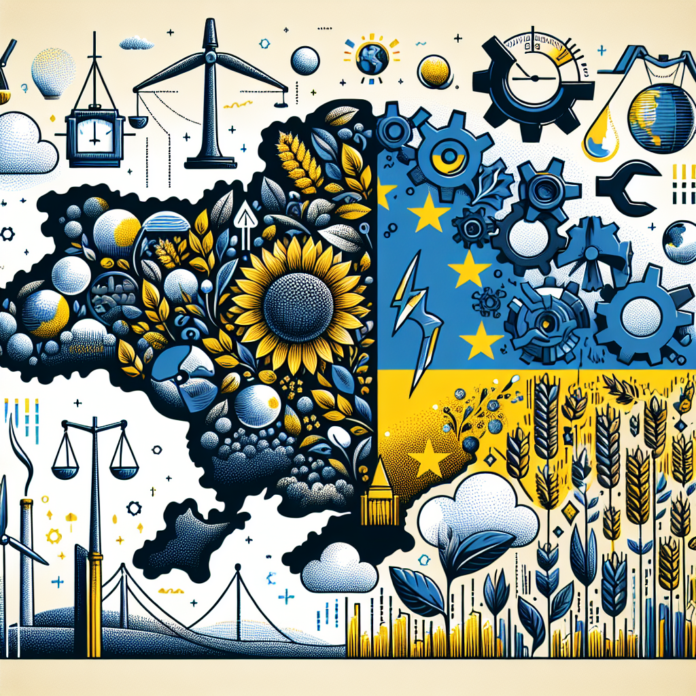Understanding Ukraine’s Challenges in Meeting EU Environmental and Climate Standards and Solutions
Why Ukraine Struggled to Meet EU Environmental and Climate Requirements, and How to Address the Issues
Ukraine’s journey towards aligning its environmental and climate policies with those of the European Union has encountered significant hurdles. Despite earnest efforts, various factors have hindered the country’s ability to fully implement the EU’s stringent requirements. Understanding these challenges and devising solutions is crucial for Ukraine’s progress in this arena.
Key Challenges in Implementation
- Regulatory and Institutional Barriers: Ukraine’s existing regulatory framework and institutional structures are not fully compatible with EU standards. This misalignment often results in bureaucratic delays and inefficiencies in executing environmental policies.
- Economic Constraints: Transitioning to EU-compliant practices requires substantial financial investment. Ukraine’s economy, already strained by various socio-political factors, struggles to allocate the necessary resources for comprehensive environmental reforms.
- Lack of Expertise and Technology: Implementing advanced environmental and climate measures necessitates specialized knowledge and cutting-edge technology, areas where Ukraine currently faces shortages. This gap hampers the country’s ability to adopt and adapt EU practices efficiently.
- Political Instability and Conflict: Ongoing political instability and conflict, particularly in Eastern Ukraine, divert focus and resources away from environmental initiatives, complicating efforts to adhere to EU requirements.
Strategies for Improvement
- Enhancing Institutional Capacity: Strengthening Ukraine’s institutional framework is essential. This involves reforming regulatory bodies to ensure they are equipped to handle the complexities of EU environmental standards, as well as improving coordination among various governmental agencies.
- Securing Financial Support: Increasing financial investment in environmental projects is critical. Ukraine could explore international funding opportunities, such as grants and loans from EU bodies and other global institutions, to support its transition.
- Building Expertise and Infrastructure: Investing in education and training programs to build a workforce skilled in environmental sciences and technologies is vital. Additionally, Ukraine should focus on modernizing its infrastructure to accommodate new technologies and practices.
- Promoting Regional Cooperation: Engaging in regional partnerships can provide Ukraine with valuable insights and support. Collaborative efforts with neighboring EU countries can facilitate the sharing of best practices and resources.
- Strengthening Policy Implementation: Developing clear, actionable plans with set timelines and accountability measures will ensure more effective policy implementation. Regular monitoring and assessments can help track progress and make necessary adjustments.
- Public Engagement and Awareness: Raising public awareness about the importance of environmental sustainability and the benefits of EU alignment can foster greater community support and participation in environmental initiatives.
By addressing these challenges through strategic actions, Ukraine can make significant strides in meeting EU environmental and climate requirements. This alignment not only promises ecological benefits but also strengthens Ukraine’s integration with Europe, paving the way for a more sustainable future.


